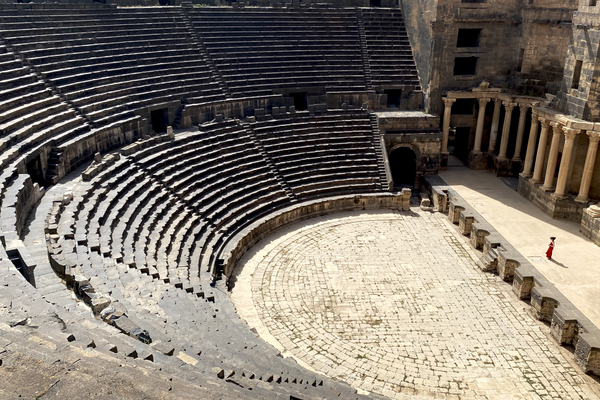About
First unearthed in 1958, the archeological gold mine known as Çatalhöyük has been revealed to be a massive city complex that likely housed around 10,000 residents among its interconnected system of primitive homes, most of which seem to be conspicuously free of debris.
The tightly packed "city"was made of simple mud-brick rooms that seemed to have been added on again and again as the community grew and changed across the centuries of habitation. It is estimated that the ancient city reached its height around 7000 BCE with anywhere from 5-7,000 residents at a time, and possibly as many 10,000 at times. Strangely the structures seem to be exclusively domestic in purpose, with a noticeable lack of commercial or craft-centered spaces. The settlement also seems to lack any sort of trash or debris that is usually found at such archeological locations. It is possible that since each of the chambers was essentially a home (or whatever that term connoted in 7,000 BCE), they were kept cleaner than they might have been in a more cosmopolitan version of civilization with more public spaces.
However, this is not to say that there was little to discover at the site. Countless figurines of animals and goddesses were discovered, along with copious cave paintings and other arts. And what the rooms lacked in trash, they made up for in human bones which it seems were ritually buried beneath the floors and hearths.
Today portions of the site have been turned into living exhibits with recreated replicas of some of the rooms. Excavation continues at the site to this day, discovering both how our ancient ancestors lived and how clean they seemed to have been.
Related Tags
Community Contributors
Added By
Published
October 2, 2014






























